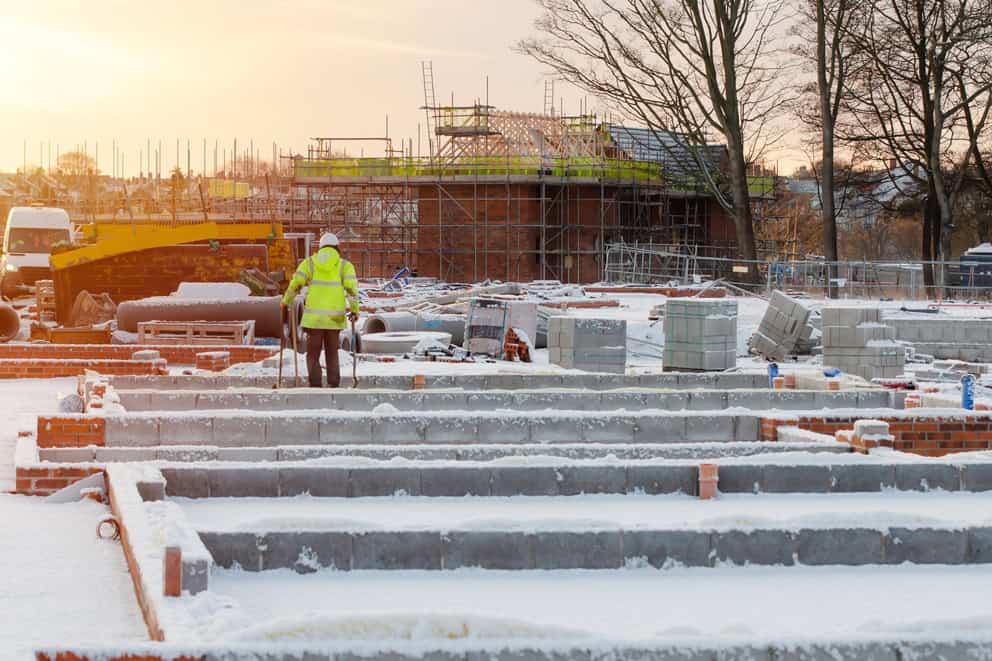
The Importance of Method Statements in Construction and How to Write Them Properly
Method statements are a key part of construction site safety and compliance. They provide a clear plan of how specific work will be carried out safely and efficiently, helping teams reduce risks and meet legal requirements under CDM 2015.
Without clear and detailed method statements, contractors risk miscommunication, unsafe working practices and potential enforcement action from the Health and Safety Executive (HSE).
In this article, we’ll explore what method statements are, their legal importance, how to write them effectively and how Majestic Site Management helps contractors stay compliant and safe on every project.
What is a method statement and why is it important?
A method statement is a detailed document that sets out how a specific task or activity will be carried out safely. It describes each stage of the work, the risks involved and the control measures in place to protect workers, visitors and the public.
Method statements help ensure everyone involved understands the correct sequence of work and the safety precautions required. They are especially important for high-risk activities such as:
- Hot works, including welding, grinding and cutting
- Working at height, such as roof work or scaffolding
- Electrical installations and testing
- Excavation or heavy plant operations
By preparing detailed method statements, contractors can plan work efficiently, reduce on-site risks and demonstrate compliance with UK health and safety regulations.
Majestic Site Management provides fully compliant method statement templates and expert guidance for contractors across all sectors.
Legal requirements under CDM 2015
Under the Construction (Design and Management) Regulations 2015 (CDM 2015), contractors must provide method statements for high-risk activities. These documents form part of the overall site safety plan and help demonstrate compliance with HSE standards.
A compliant method statement should:
- Identify the task and associated hazards
- Describe the control measures in place to manage risks
- Detail the sequence of work and required safety equipment
- Include emergency procedures and supervisory responsibilities
Failure to produce accurate and up-to-date method statements can lead to HSE investigations, enforcement notices and potential contract disqualification. They are not optional – they are a legal requirement for maintaining a safe site.
How to write an effective method statement
A well-written method statement should be clear, structured and easy for all site personnel to follow. Here’s a simple step-by-step approach:
Step 1: Describe the work activity
Clearly outline the task being carried out and identify any specific hazards that could arise during the process.
Step 2: List required PPE and equipment
Specify the personal protective equipment (PPE) needed, such as helmets, gloves or harnesses, and list any tools or machinery required to complete the task safely.
Step 3: Explain the sequence of work
Provide a step-by-step guide to the order of operations. Highlight where additional safety checks or control measures should be applied.
Step 4: Outline emergency procedures
Include fire safety measures, evacuation routes, first aid locations and emergency contact details.
Step 5: Assign responsibilities
Identify who is responsible for supervising the work and ensure all team members understand their duties.
Step 6: Review and approve
Ensure the method statement is reviewed and signed off by the Principal Contractor or Site Manager before work begins. Update it regularly if site conditions change.
Using this structure ensures method statements are consistent, practical and fully aligned with CDM 2015 requirements.
Common mistakes and how to avoid them
Many contractors produce method statements that lack the necessary detail or site-specific information. Common issues include:
- Generic content: Avoid copy-and-paste documents. Tailor each method statement to the exact project and task.
- Missing control measures: Clearly describe how each hazard will be managed to reduce risk.
- Omitting PPE details: Always specify the required PPE and equipment to protect workers.
- Not updating the document: Review regularly as conditions or risks change.
Accurate, site-specific and regularly updated method statements help protect workers, reduce liability and maintain compliance with HSE regulations.
How Majestic Site Management helps with method statements
We support contractors, developers and principal contractors with expert method statement preparation and compliance advice. Our services include:
- Fully compliant method statement templates tailored to project requirements
- Risk assessment and control planning
- Integration of PPE and emergency procedures
- Ongoing reviews to ensure continued compliance
We also assist with broader site management and safety documentation, helping ensure that all legal duties under CDM 2015 are met.
Conclusion
Method statements are an essential part of maintaining safety and compliance on construction sites. They provide clear guidance for workers, identify potential hazards and outline the control measures needed to carry out tasks safely.
By developing well-structured, project-specific method statements, contractors can reduce risks, improve efficiency and meet their legal responsibilities under CDM 2015.
For professional support and fully compliant method statement templates, contact Majestic Site Management today.
Email: [email protected]
Phone: 01484 426302

With over 30 years’ experience in the construction industry, Lee offers more than just a helping hand to keep your project on track. Majestic Site Management also specialises in site compliance, and health and safety, with a long-list of credentials to prove it. Connect with Lee on LinkedIn >>


